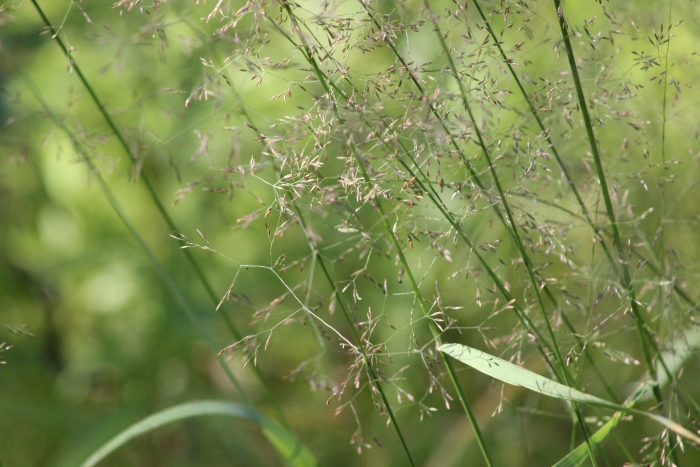Black Bent
(Agrostis gigantea)
Black Bent (Agrostis gigantea)
/
/

© Tatiana Strus
CC BY 4.0
Image By:
© Tatiana Strus
Recorded By:
Copyright:
CC BY 4.0
Copyright Notice:
Photo by: © Tatiana Strus | License Type: CC BY 4.0 | License URL: http://creativecommons.org/licenses/by/4.0/ | Uploader: tls-60 | Publisher: iNaturalist |





















Estimated Native Range
Summary
Agrostis gigantea, commonly known as Black Bent or Redtop, is a perennial grass originally native to temperate regions of Europe and Asia but has been introduced to North America and other regions. It typically grows 16-47 inches tall with a clumping habit and features dull green, narrow leaves. The plant produces open, loose panicles with small, wind-pollinated flowers that bloom from June to August, though the flowers are not particularly showy. In its native habitat, Agrostis gigantea is found in a variety of settings including meadows, open woodlands, grasslands, and along riverbanks, where it often forms a significant component of the ground cover.
Black Bent is valued for its adaptability to a range of soil types and conditions, including poor soils, and its ability to tolerate both drought and temporary flooding. It is used for erosion control, as a turf grass in lawns, and as forage for livestock. In cultivation, it prefers full sun to light shade and can handle a variety of soil conditions, from moist to well-drained. While it was once a popular pasture grass, its use has declined due to the availability of more productive species. However, it remains a useful species for revegetation and restoration projects. Gardeners should be aware that Agrostis gigantea can be invasive outside its native range and should check local regulations before planting.CC BY-SA 4.0
Black Bent is valued for its adaptability to a range of soil types and conditions, including poor soils, and its ability to tolerate both drought and temporary flooding. It is used for erosion control, as a turf grass in lawns, and as forage for livestock. In cultivation, it prefers full sun to light shade and can handle a variety of soil conditions, from moist to well-drained. While it was once a popular pasture grass, its use has declined due to the availability of more productive species. However, it remains a useful species for revegetation and restoration projects. Gardeners should be aware that Agrostis gigantea can be invasive outside its native range and should check local regulations before planting.CC BY-SA 4.0
Plant Description
- Plant Type: Grass
- Height: 2-4 feet
- Width: 1-2 feet
- Growth Rate: Rapid
- Flower Color: N/A
- Flowering Season: Spring
- Leaf Retention: Deciduous
Growth Requirements
- Sun: Full Sun, Part Shade
- Water: High
- Drainage: Fast, Medium, Slow
Common Uses
Erosion Control, Low Maintenance
Natural Habitat
Originally native to temperate regions of Europe and Asia, found in meadows, open woodlands, grasslands, and along riverbanks
Other Names
Common Names: Giant Bent, Black Bent Grass, Bonnet Grass, Fiorin, Fioringras, Redtop, Redtop Bent
Scientific Names: , Agrostis gigantea, Agrostis alba f. aristata, Agrostis alba subsp. gigantea, Agrostis alba subsp. gigantea, Agrostis alba var. dubia, Agrostis alba var. gigantea, Agrostis alba var. gigantea, Agrostis alba var. patula, Agrostis alba var. vulgaris
GBIF Accepted Name: